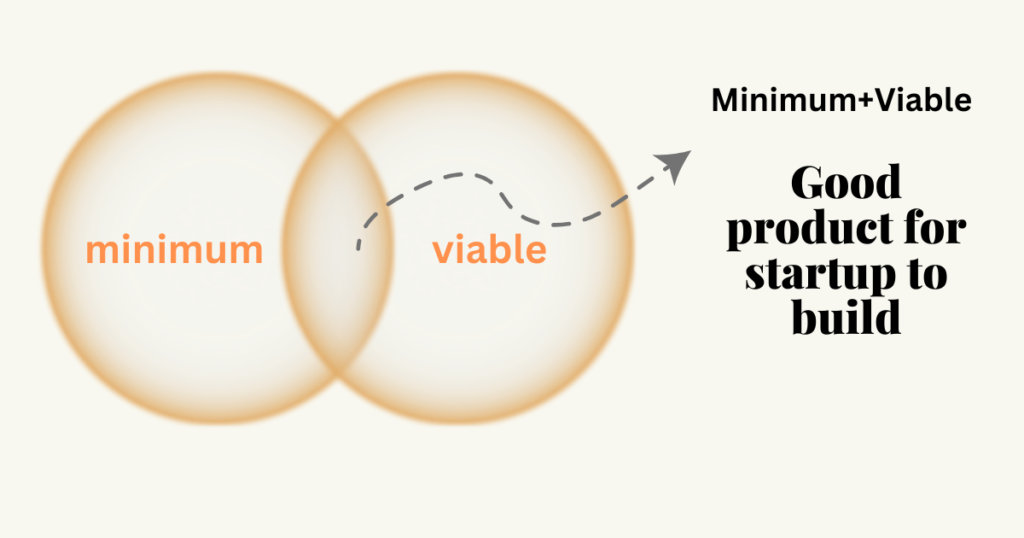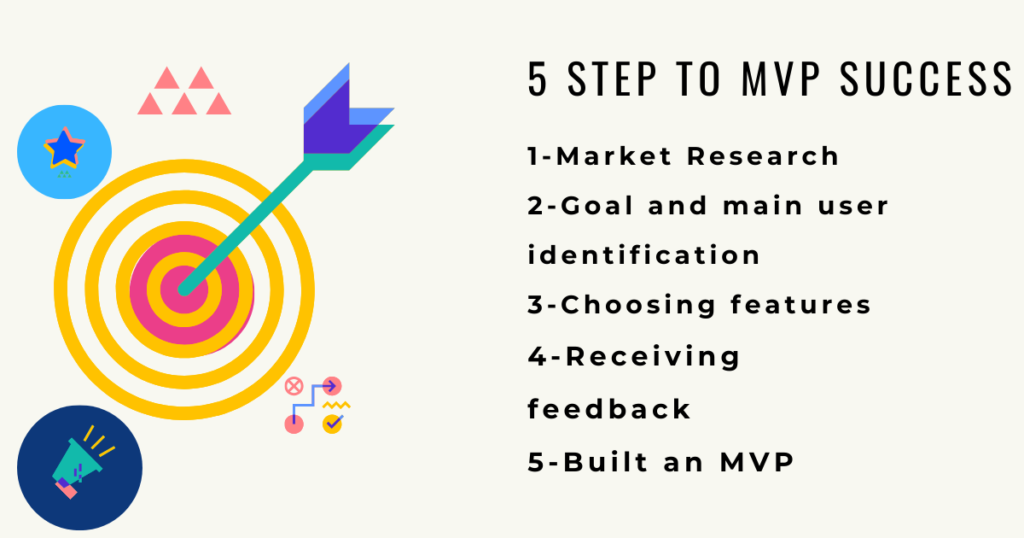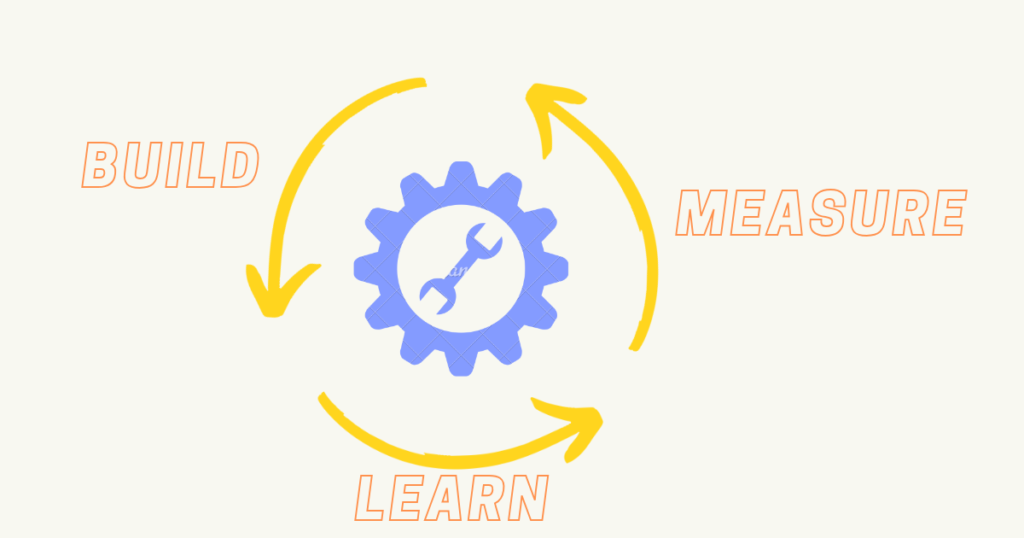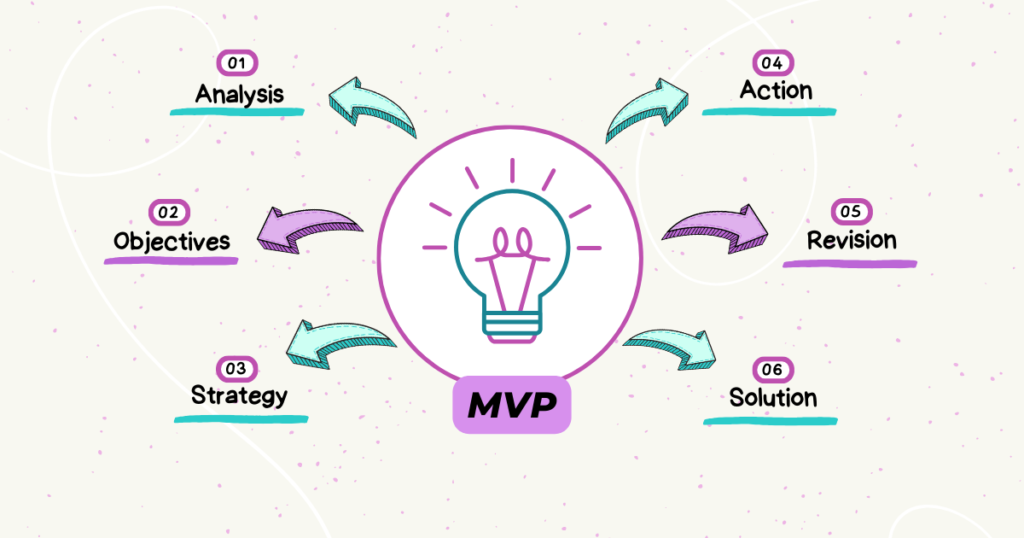As a startup founder, you don’t want to invest your money in a product only to find out that it is not marketable. So it comes How do you plan an MVP?
The solution to creative product development is an MVP. Creating an MVP is a popular launch strategy that has proven successful for well-known brands like Dropbox, Figma, Uber, etc. Create an MVP first, then move on. Choose your story, then describe what makes it special. What problem are you trying to solve and what value are you providing? This is a guide that will help you create an MVP step by step.
An important stage in the development process is the MVP (Minimum Viable Product), which enables you to test and preview the product before releasing a fully functional final version.
These days, Facebook, Zoom, Uber, Tinder, and TikTok are all titans in their own right. However, their early days were characterized by a simple user interface and limited capabilities. Facebook’s original purpose was to serve as an online directory for Harvard students. This included some capabilities, such as the ability to view classmates and see the friends list. These platforms are still revolutionizing many industries today.
Uber, Dropbox, and Figma are some of the companies that have developed cutting-edge technology using the minimum viable product (MVP) approach. This strategy has worked well in the marketplace because it focuses on identifying the product’s unique value proposition and finding a solution to a particular issue. Businesses can guarantee that their product will be successful in the marketplace and resist the urge to create the next big thing by focusing on developing an MVP.
- Read here about how I find my startup idea.
What is an MVP ? in the simple term
When your product or service is in the beta or testing phase, it is called an MVP, or minimum viable product.
Beta or testing phase means = Before a product is released to the public, beta testing gives real users a chance to use it in a production setting and find any defects or issues. The final stage of testing a product before it is made available to the general public is called beta testing.
Understanding the real needs of end customers is essential when developing software with a customer-centric approach.
In this sense, you will need to test your project – which is where the MVP comes in – to make sure you have the data and understanding of what your customer wants.
The Lean Startup methodology, which seeks to cut waste, streamline business processes, and make startup easier rather than harder, includes the concept of an MVP (minimum viable product).
MVP is an excellent example of this method as it helps to optimize the product during development while reducing the cost and time loss associated with product launch.
When creating an MVP it’s useful to know how to strike a balance between the customer’s needs and the company’s offering. This will help you reduce errors and optimize your ideas during the development process through multiple testing cycles.

Generally speaking, the most relevant feature should be your main priority when building an MVP. This feature addresses your customer’s primary concern.
Let me give you an example of Instagram, when Instagram first launched, only a few screens were created. Instagram gained popularity mainly due to its photo filter feature. To ensure that the app is fully functional, smaller features are often included along with the major features.
The MVP version of Instagram lets users post photos, add filters, and share them with others. That’s all there is to it.
- user sign in
- log in
- Add images
- use filters
The term “minimum viable product”, or MVP, describes a product that is offered without extensive capabilities as opposed to a complete solution. Frank Robinson originally used it in 2001, and businessmen Eric Ries and Steve Blank popularized it. In the MVP development phase, a product with enough functionality is created to be functional, and user input is collected to inform future integrations that better meet the demands of the target audience. With two options: growing with customer demands or closing early if the product doesn’t appeal to its target market, entrepreneurs can now evaluate the feasibility of their product based on the customer experience.
What are the main benefits of using an MVP?
Developing an MVP helps businesses test their product before bringing it to market, making it an essential step in the software and application development process.
This process enables necessary modifications to increase the usefulness and attractiveness of the product to consumers. Because the MVP is developed step-by-step, it is less expensive than the final version. As the app starts making money, it can be reinvested into adding more features.
Creating an MVP can also attract investors because it increases the likelihood that a working product will attract funding and interest from angels or venture capitalists.
• Serves as a testing ground for better ideas.
• Reduces upfront costs and product launch risks.
• Due to the step-by-step development process, the cost is lower than the final version.
• Attracts investors with functional product performance.
That is why I encourage you to develop MVP in simple 5 steps
Develop an MVP in simple steps

1-Market research
No matter how creative and tempting your idea is, you should conduct market research to evaluate competitors and demand to prevent major losses of time and money.
Before creating a product, it is important to identify your target market. The best customers, unique qualities, and viable solutions can all be found with the help of market research. To show your target audience the value your product will bring and to make sure it meets their demands and solves their problems, you need to create an MVP.
Overview of Product Development Stages
- Before developing a product, become familiar with the target market.
- Market research can be used to find the right customer and unique features of a product.
- Before creating an MVP, determine the product requirements and potential issues.
- Demonstrate to the intended audience that the MVP will be valuable.
Therefore, it is important to determine how the user can benefit and how to provide value to customers during market research.
2-Goal and main user identification
Defining precise and clear parameters to assess the success of the launch.
Let’s say you’re building an app, so you want to measure:
- the total amount of downloads
- Score for reviews and comments
- How much time users spend using the app
Anything that enables you to determine whether your MVP needs to be adjusted or whether it is meeting your customers’ demands.
Data and facts can give you a realistic perspective, help set specific objectives, and define success.
3-Choosing features that are most relevant for the user
Once you have a solid understanding of the value you’re providing to users, your business objectives, and how to combine these two factors, it’s time to design your product.
Consider the end user when creating a customer journey map. This will help you determine the best action to take to resolve the user’s issue and also give you insights based on user behavior.
The user journey also includes the thoughts, feelings, and choices that drive the user’s actions. Journeys show how a customer visually interacts with your product.
When using a product, users’ thoughts and feelings have a big impact on the way they make decisions. Understanding their journey requires recognizing their personality, understanding how they make decisions, pinpointing the result, and leading them through a sequence of steps to reach it.
If you have identified several categories of potential customers, choose the one for which you can provide the fastest value. This will help you save time when checking test findings.
You need to decide which features will be included in the MVP and which will not at this point in the development process. As the central component of your product, focus on the small quantity that provides the most value to the user.
- Explore more about What are the 7 stages of a new product development process.
4-Develop the MVP
Now that you have collected all the necessary data, it is time to start developing the MVP.
Since the prototype is a reflection of the final product you want to produce, it must meet quality requirements in every way and be both entertaining and user-friendly.
Pay close attention to the key elements that will provide users with a solution as quickly as possible.
You can decide which feature will be developed first for the final version of the product after your prototype is released.
5. Receiving feedback and analyzing results
In my opinion, measuring results is the most important step in developing an MVP. This is the real test of your product’s feasibility, and the results will dictate how the development of the finished product will proceed.

A precise improvement concept based on user feedback is part of the product development process. This input provides practical information on aspects of the product, enabling changes and adaptations to suit consumer demands and keeping the product current and useful.
You may need to run the test several times with modifications before you are ready to start working on the finished product.
It may seem wasteful to modify and customize an MVP for testing, but doing so allows you to precisely tailor the product to the needs of your target market, increasing revenue and engagement when the final version is launched.
We’ve Built an MVP. What’s Next?
After release, the first thing you should do is gather feedback and conduct data analysis. The feedback you get from users will decide what to do next.
It may be necessary to optimize an MVP – a product that did not meet success criteria. As the first step to ensure that the product meets the customer’s expectations, it is essential to modify the product to suit their demands before the official release.
It’s common when developing an MVP that it will require several iterations to get your product right.
If you launch the product without a test product and the time it takes, reworking things will help you save the expense of rebuilding the entire package. So delve deep into it and refine it to your heart’s desire.
What will you do after the MVP demonstrates an advanced performance that meets the requirements to pass the test?
Here comes MMP
A minimum marketable product, or MMP, is a product that is ready for marketing and sale but has fewer features or is still under development.
Instead of working on your product in secret and investing a long time of work before making money, this enables you to introduce the product to the market and start making profits while concluding the development process.
If the MVP is used for testing, experimentation, and learning then the actual product you deliver to the market is known as an MMP.
Even though it has all the features needed to thrive in the cutting-edge market, it usually lacks some of the features you have dreamed of.
What is the difference between MVP and MMP?
MVP is a version of a product with fewer features that is typically tested on a specific population, while MMP is a highly developed version of the product that primarily attracts innovators and early adopters.
Since the program is still in its “startup” phase, it may appeal more to intrepid thinkers who like to explore new possibilities and get to know the person who created it, such as coworkers, networks, friends, and family…
Test process validation defines the intermediate stage between MVP and MMP. Construction of new facilities has been approved to advance the product from viable to marketable.
The original version of a product is developed into a more sophisticated and inventive version through an evolutionary process. It is necessary to set high priority for adding a lot of features to make the product competitive in the market. Testing is done iteratively, starting from a basic version and working up to more inventive and complex versions.
MMP is a key stage in agile software development, in short, it involves an MVP that goes through the testing and development processes.
The goal of MMP is to launch a product with fewer features and get to market faster than a full product, which takes more time.
What happens after MMP?
You need to make sure you are ready to market and sell the results of your people(beta version) before making it public.
To maximize the performance of your technical work in the marketplace, you need a well-defined marketing and sales plan.
Creating a business strategy for software is equivalent to creating a business plan for an organization. It focuses on monetization and promotion strategies that will verify the performance of your software in the market.
You can continue to work on new features that will increase the value of your program once your MMP is published and your sales and marketing processes are in order.

However, keep in mind that you should prioritize those that will help your user shortly. Receiving and evaluating feedback from your MMP is essential if you want to be able to continuously improve your product that meet market demands.
• Develop a clear marketing and sales plan.
• Focus on promotion and monetization strategies.
• Continue working on additional features after release.
• Prioritize user-benefiting features.
• Continuously analyze feedback to improve the product.
• Ensure the software performs best in the market.
Conclusion
MVP is a useful stage because it allows companies to explore possibilities before spending money on concepts that may not work. This attracts investors and provides a basis for making information-driven decisions, which guarantees the long-term viability of the MVP.

